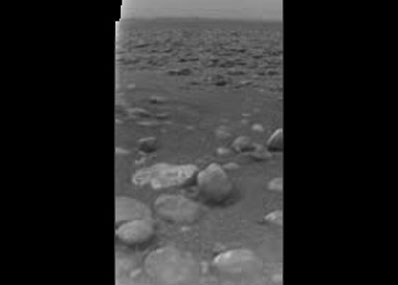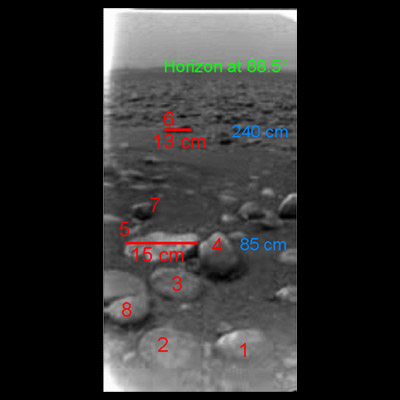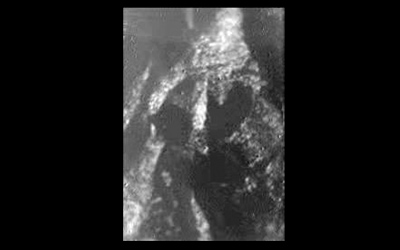Radio Frequency Subsystem
The Radio Frequency Subsystem, together with the antenna subsystem, provides communication functions for the spacecraft to and from Earth. Part of the radio frequency subsystem is also used by the Radio Science Instrument. For telecommunications, the radio frequency subsystem produces an X-band carrier at 8.4 Ghz, modulates it with data received from the Command and Data System, amplifies the X-band carrier band-carrier power to produce 20 Watts from the Traveling Wave Tube Amplifiers (TWTA), and delivers it to the antenna subsystem.
The parts of this subsystem used for the radio science instruments are: The High-gain Antenna (ANT), the Ultra Stable Oscillator (USO), the Deep Space Transponders (DSTs), the X-band Traveling Wave Tube Amplifiers (X-TWTAs), and the X-band Traveling Wave Tube Amplifier.
Antennas
The Antenna Subsystem consists of the High-Gain Antenna (HGA) and two Low-Gain Antennas (LGA-1 and LGA-2). The primary function of the high-gain antenna is to support communication with Earth. It is also used for S-band Huygens Probe Science, Ku-band RADAR, and Ka-band Radio Science. The high-gain antenna is a Cassegrain antenna consisting of a 4-meter (13.1-foot) parabolic primary reflector, a sub-reflector mounted in front of the focal point of the primary reflector and the feed horn.
To prevent the harmful rays of the sun from reaching the spacecraft's instruments during most of the early portion of the long journey to Saturn, the high-gain antenna was pointed toward the sun, functioning as an umbrella. With its most powerful antenna not pointed toward Earth, the spacecraft used the low-gain antennas to exchange information with ground controllers. Low-gain antennas provide omni directional coverage allowing relaxed spacecraft pointing requirements, as opposed to the high-gain antenna, which must be accurately pointed Once Cassini-Huygens was far enough from the Sun, it finally began using the high-gain antenna for communicating with Earth, thus achieving much faster transmission rates.
Distances and Data Rates
When Cassini is in orbit around Saturn, its distance from Earth will vary from 8.6 to 10.6 AU (1.3 to 1.6 ×109 km). Radio signals will take from 68 to 84 minutes to travel between the spacecraft and the ground station.
Depending on the mission phase, the data transmission rate will vary between 5 bits per second and 249 kilobits per second.







